Flavor characteristics of Starbucks Rwanda Coffee Bean Story processing method of Rwanda Gesak coffee bean
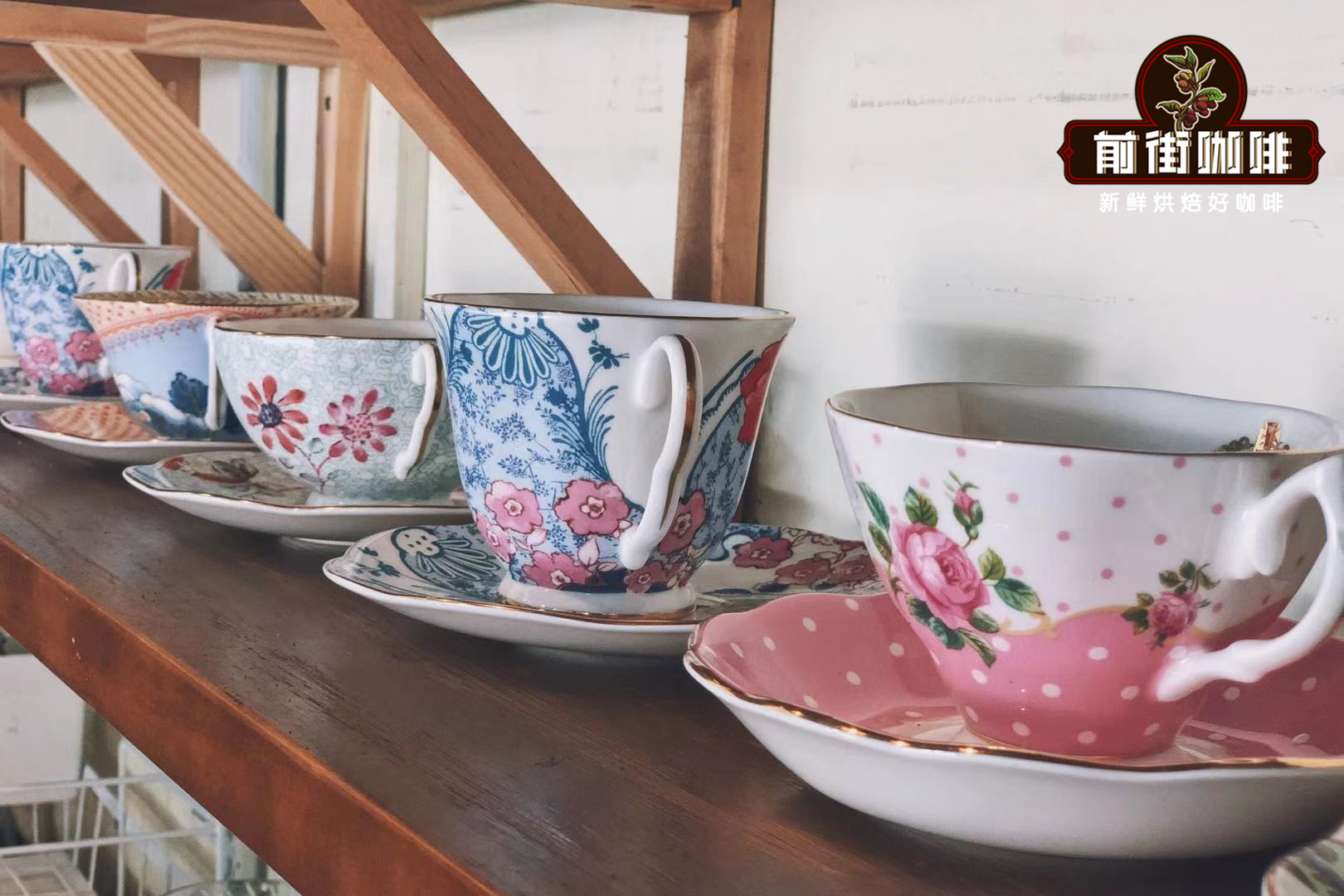
Professional coffee knowledge exchange more coffee bean information please follow the coffee workshop (Wechat official account cafe_style)
In addition to the well-known Ethiopia, another high-altitude coffee producing country in Africa is slowly emerging, that is, Rwanda in central Africa. Qianjie Coffee recently put on the shelves a washable bourbon from Rwanda. Speaking of bourbon, it was introduced to Brazil and soon spread throughout Latin America, but it was soon replaced by other coffee varieties because of its disease resistance. Latin American bourbon beans no longer have their original advantages. Qianjie Coffee currently has only two bourbon beans introduced from Brazil, which are relatively stable in flavor. However, affected by the epidemic this year, Qianjie coffee will also judge whether to continue to be on the shelves according to the actual production situation. However, when it comes to the bourbon beans in Rwanda, Qianjie Coffee purchased several producing areas before it was put on the shelves, and found that the bourbon varieties in Rwanda are still relatively stable, which is indeed one of the varieties vigorously cultivated in the country.
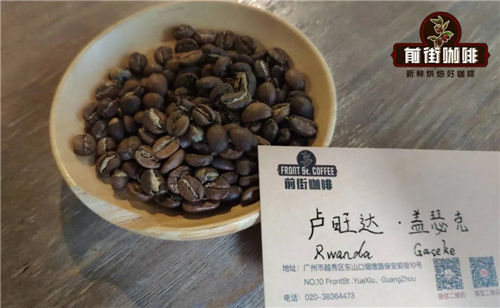
Coffee development in Rwanda
Rwanda, located in the central African region, is a standard landlocked country, and its neighboring countries are all big coffee producers. At the beginning of the 20th century, Rwanda was successively colonized by Germany and Belgium, and German missionaries were the first to introduce coffee. Coffee production increased significantly during the colonial period, but the exploitation of labor, suppression of the prices of coffee crops and high export taxes made the quality of coffee beans not ideal, which was also a normal phenomenon in the development of commercial coffee at that time.
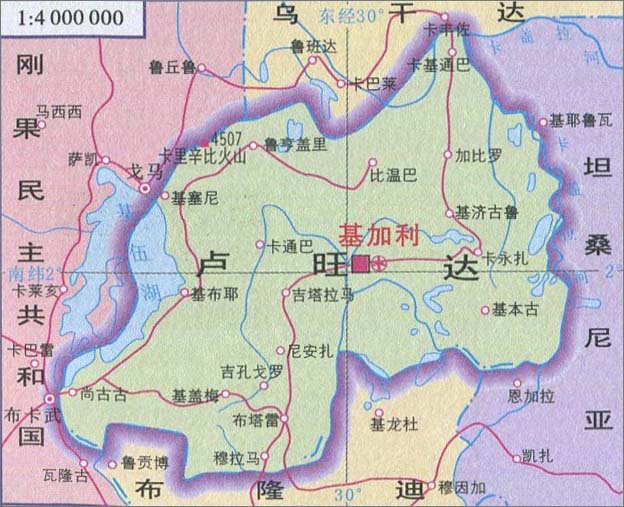
It was not until the independence of Rwanda and the establishment of the first official coffee organization, OCIR, that coffee bean production was gradually valued. Coffee production in Rwanda continued to grow from the 1960s to 1980s and reached an unprecedented peak in 1986, until the beginning of domestic political instability (the Rwandan genocide) in the early 1990s.
Today, Rwanda has slowly come back to life. It can be said to be an "atypical" African country in terms of urban construction, security, friendliness and cleanliness. Rwanda is currently recognized as the best law and order country in Africa. Rwanda ranks ninth among all cities in the world and is the only African country in the top 10 on the list of the safest countries and destinations in the world in 2017.
Affected by COVID-19 's epidemic this year, coffee sales in Rwanda have undoubtedly been affected a lot. In order to help Rwandan coffee farmers tide over the difficulties, on May 14, Alibaba's first sister Weiya recommended Rwanda Gorilla's coffee beans, which sold a year in a second.
Coffee growing environment in Rwanda
Rwanda, known as the "country of a thousand hills", has many mountains and plateaus, and most coffee trees are planted on mountains between 1700 and 2000 meters above sea level. Most of Rwanda has a tropical plateau climate and savanna climate, mild and cool. There are about 33000 hectares of coffee plantations and 500000 people are engaged in the coffee industry. Rwanda is the only country in the world that can fully enjoy the harmony between soil, altitude and climate, which makes the coffee beans in Rwanda taste different, with the fresh sweetness of fruit, the fragrance of flowers and the aftertaste of black tea.
The mode of coffee production in Rwanda is that of small farmers, not large-scale enterprises. Although it is not as good as the assembly line of large-scale enterprises, the production model of small farmers can focus more on coffee beans.
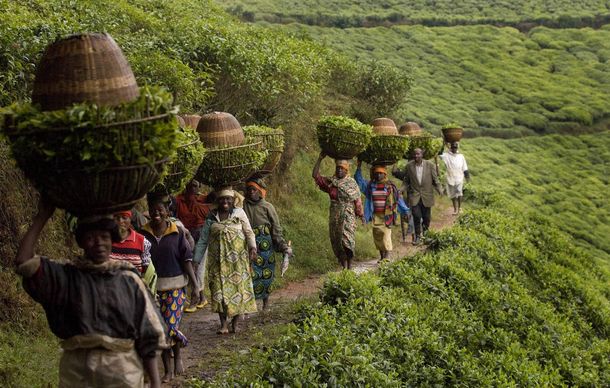
Coffee producing area of Rwanda
The producing areas of Arabica coffee beans in Rwanda are mainly distributed in the south and west, the Huye mountains and Nyamagabe areas in the south have some floral and citrus flavors due to their high altitude, while the Nyamasheke area on the bank of Lake Kivu in the west is rich in high-quality coffee with rich, fragrant and juicy taste. Although there is little difference in flavor between producing areas, there are still some differences in fine taste. People often ask Qianjie coffee how to distinguish it, and they always think that flavor is very metaphysical. In fact, Qianjie coffee also goes through a lot of flavor cognitive training in order to distinguish the coffee flavor of different producing areas, which takes time, energy and persistence.
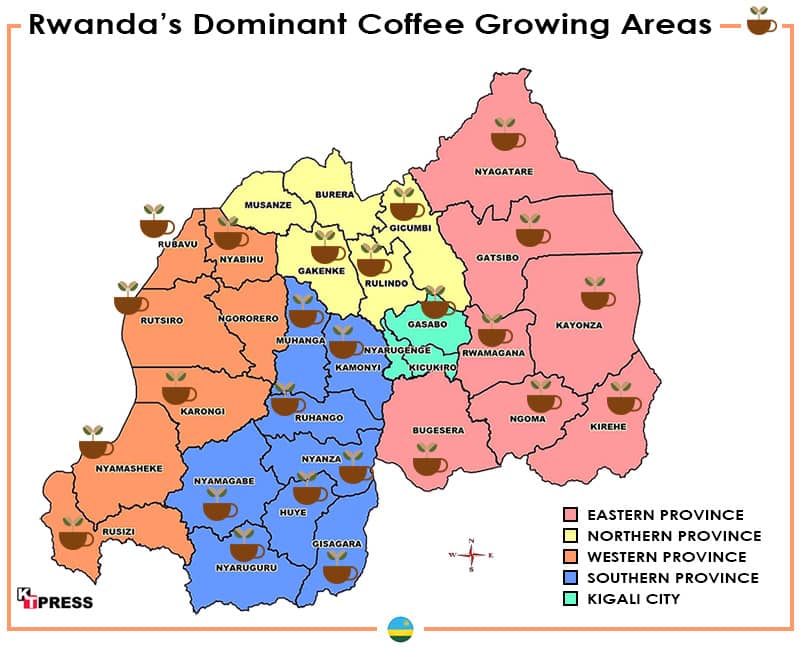
Way of handling coffee in Rwanda
In 2000, in Rwanda, which had just experienced internal chaos, in order to promote the coffee industry, the University of Michigan (Michigan State University) in the United States gathered several researchers from school institutions, including Texas University of Texas (University of Texas) and National University of Rwanda (National University of Rwanda), to help Rwanda upgrade the coffee industry. The program is abbreviated to PEARL (Pearl in Chinese). English full name is Partnership for Enhancing Agriculture in Rwanda through Linkages project). The PEARL program aims to improve the quality and quantity of coffee in Rwanda and to help farmers have a better income and form a virtuous circle. Since the implementation of the PEARL plan, Rwanda has built 46 coffee washing plants one after another, allowing Rwanda's economy to grow significantly under the strong export of coffee beans. The PEARL plan is also the largest and most complete development plan implemented by Rwanda since its independent founding.
Therefore, at present, Rwandan coffee beans are mainly treated by water washing. Every year during the harvest period, farmers pick ripe coffee cherries and concentrate them on the washing plant for processing. First, it is selected by hand to ensure that no immature or damaged fruit is mixed in. Then remove the pericarp, wash and ferment for 12-18 hours in a cool and low temperature environment, and wash the adhered pectin in the channel. During the drying process of the scaffolding, the members of the washing plant will turn manually and take care of them carefully to ensure that the raw beans with shells will not lose moisture or dry unevenly in sufficient sunlight, until the moisture content stability of raw beans is reduced to less than 14%.
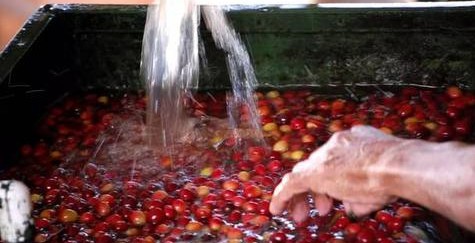
Rwanda Coffee COE experience
In 2006, after the PEARL program, another program, the SPREAD program, was implemented. In addition to continuously improving the quality of coffee production, it also began to pay attention to small farmers themselves, including their living environment, the education of their children and local AIDS. In addition, while marketing coffee beans, it also lets buyers and drinkers know that they are not just tasting a cup of coffee, but indirectly helping producers and their families. The SPREAD program cost a total of $5m and lasted until 2012.
In 2008, during the SPREAD program, Rwanda held the first extraordinary Cup (COE,Cup of Excellence), which is also the first COE in the history of African countries. While champion beans were sold for $18 a pound, the price of Rwanda COE champion beans reached $37 a pound in 2014, reflecting the growing acceptance of coffee beans from Rwanda by international buyers and the market.
Defect of coffee beans in Rwanda
Although Rwanda did well in COE, it appeared potato flavor twice in the competition, which was a defect in the quality of raw beans and was directly disqualified from the competition. There are many theories about the reasons for the formation of potato flavor, which may be caused by the pollution of an insect in the area. However, there is no potato flavor in the recent batch of Rwandan coffee beans in Qianjie Coffee.
Rwanda Coffee and Starbucks
In the early days of the SPREAD program, in 2006, Starbucks began selling Rwandan coffee beans into the "black apron" of Starbucks' top product line (known as Black Apron, a program for Starbucks' internally certified "coffee guru" Coffee Master. Starbucks employees usually wear green aprons and can only wear black aprons that symbolize honor after many exams and competitions). Starbucks uses bourbon beans from two washing stations in Rwanda (Shuli Cooperative washing Station and Musasha Cooperative Water washing Station) to grow coffee, which is called "Blue Bourbon" and sells for $24 a pound.
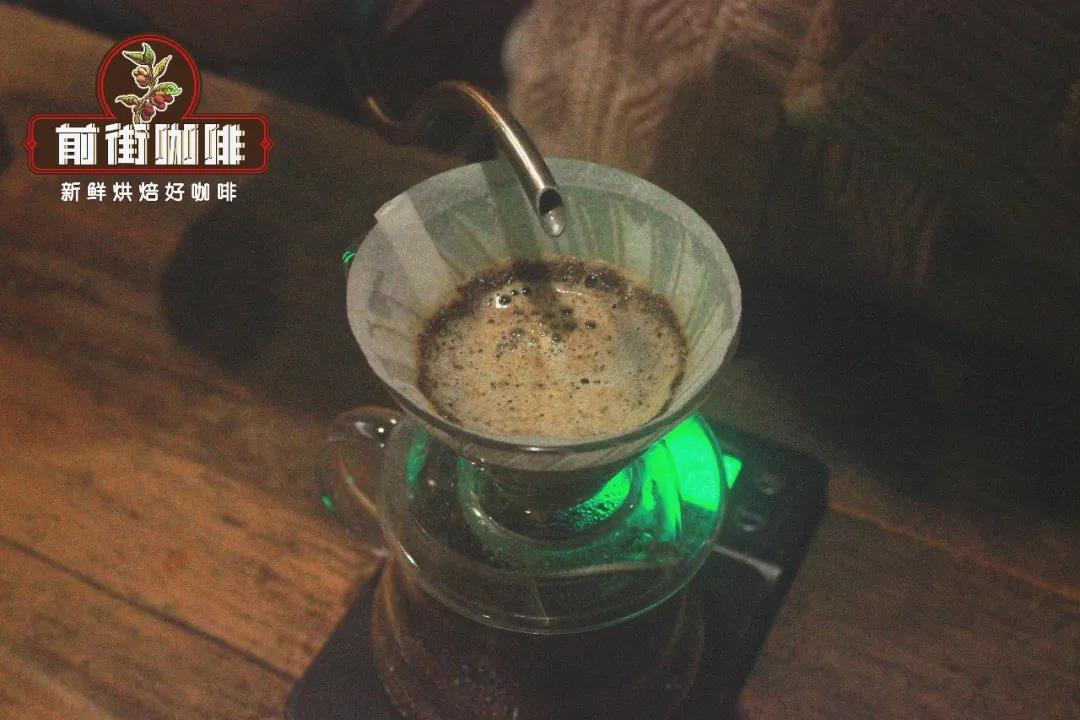
Gesak, Rwanda
Coffee producing area: Nyamasheke
Treatment plant: Gesak treatment plant
Planting altitude: 1700 to 2000 m
Treatment method: washing treatment
Coffee varieties: bourbon, Kaddura, Kaduai
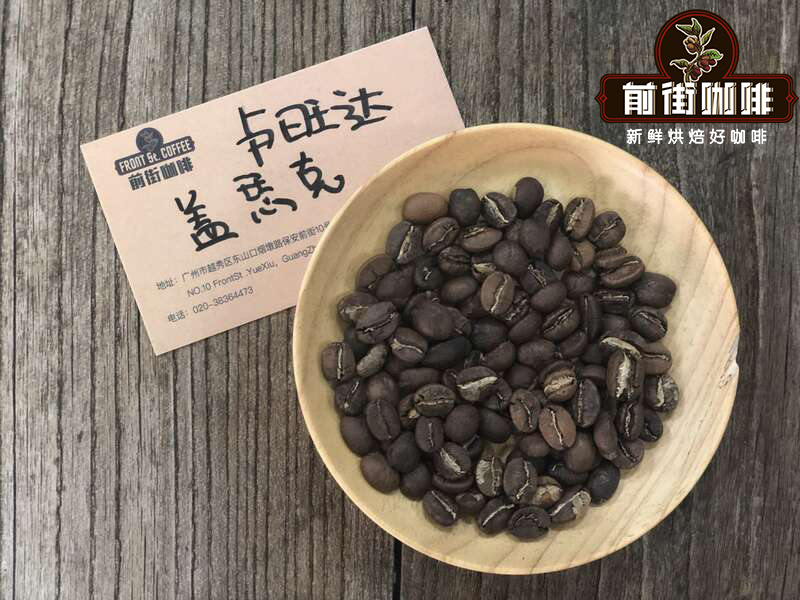
Gassek washing processing plant
Fidele Ndagijmana, a young trader in Nyamasheke, saw the potential of Rwanda's boutique washed coffee and applied to the government to build the processing plant, which successfully processed 170t of coffee fruit in the first year.
He uses the off-season to improve and expand his production equipment, providing better production machines and a better storage environment when the next harvest comes. The excellent trader has also won himself more land near the processing plant to grow coffee.
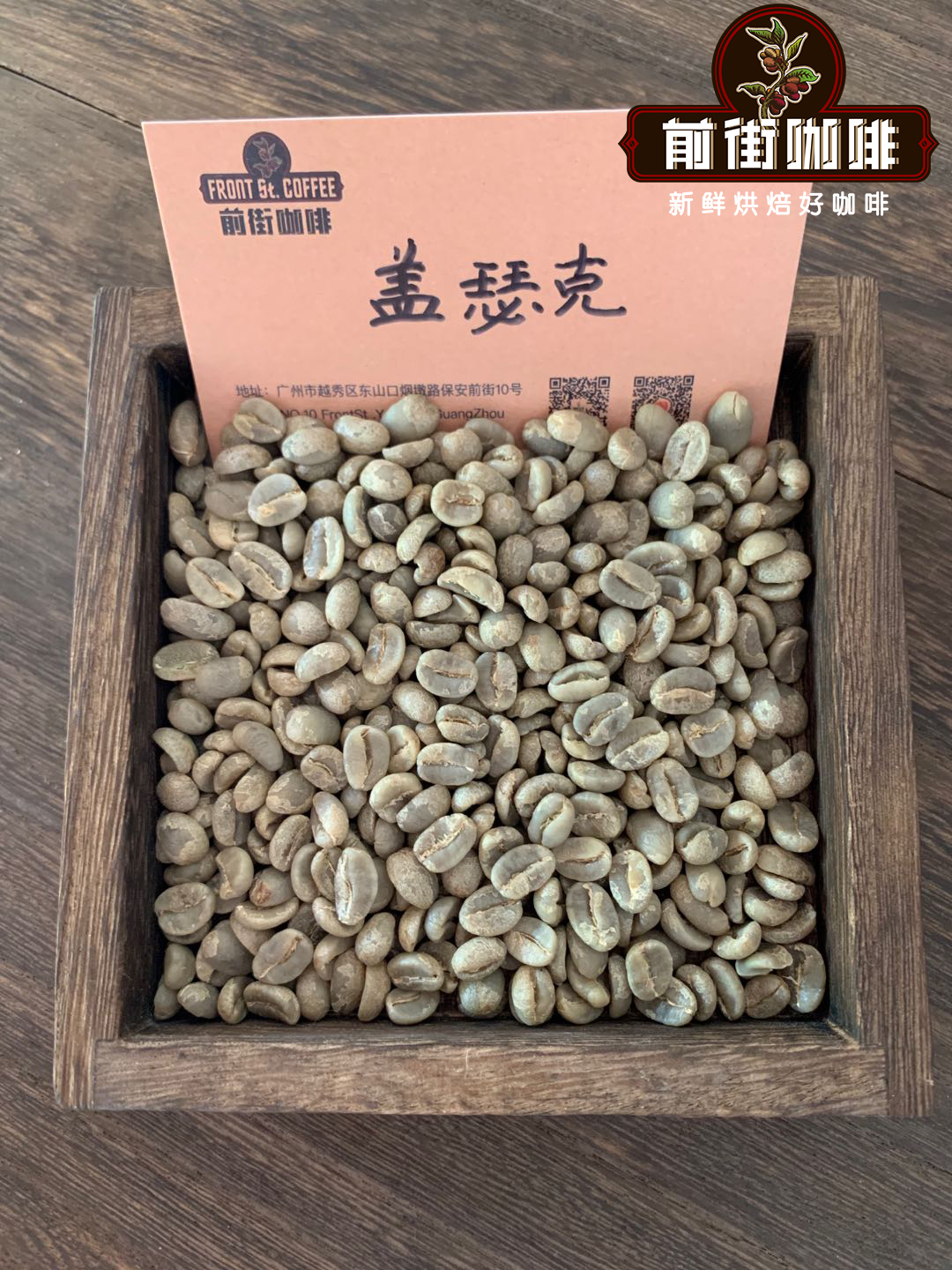
Baking suggestion
In order to highlight this characteristic, Qianjie Coffee is recommended for light roasting because of the delicate acidity and fresh flavor of Rwandan coffee.
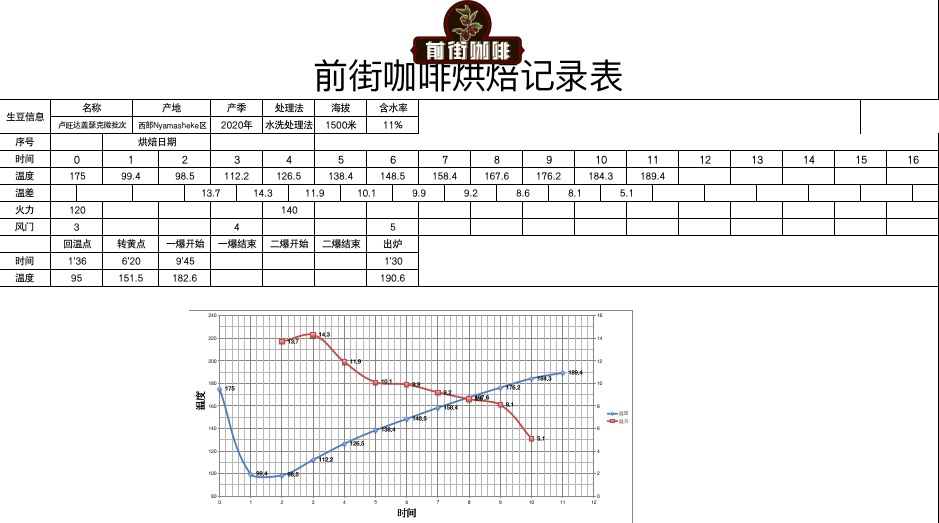
cupping flavor
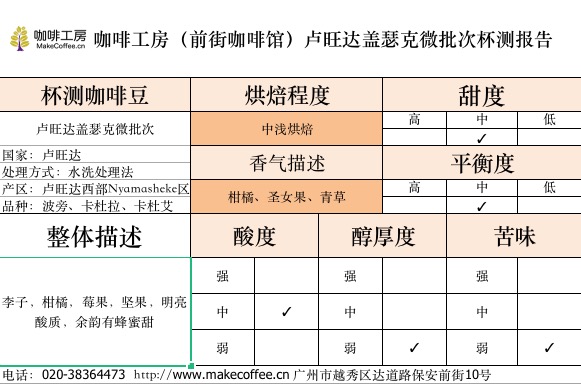
Cooking suggestion
Filter cup V60
Water temperature 90 ℃
15 grams of powder
Powder to water ratio at 1:15
Grindability BG#5G (pass rate of Chinese standard No. 20 screen is 80%)
Washing and cooking technique
Qianjie coffee uses staged extraction, steaming with 30 grams of water for 30 seconds, small water injection around the circle to 125 grams for segments, water level drop to 225 grams when the powder bed is about to be exposed, remove the filter cup when the water level drop is about to expose the powder bed, (steaming starts timing) the extraction time is 2 minutes 39 percent 00 ".
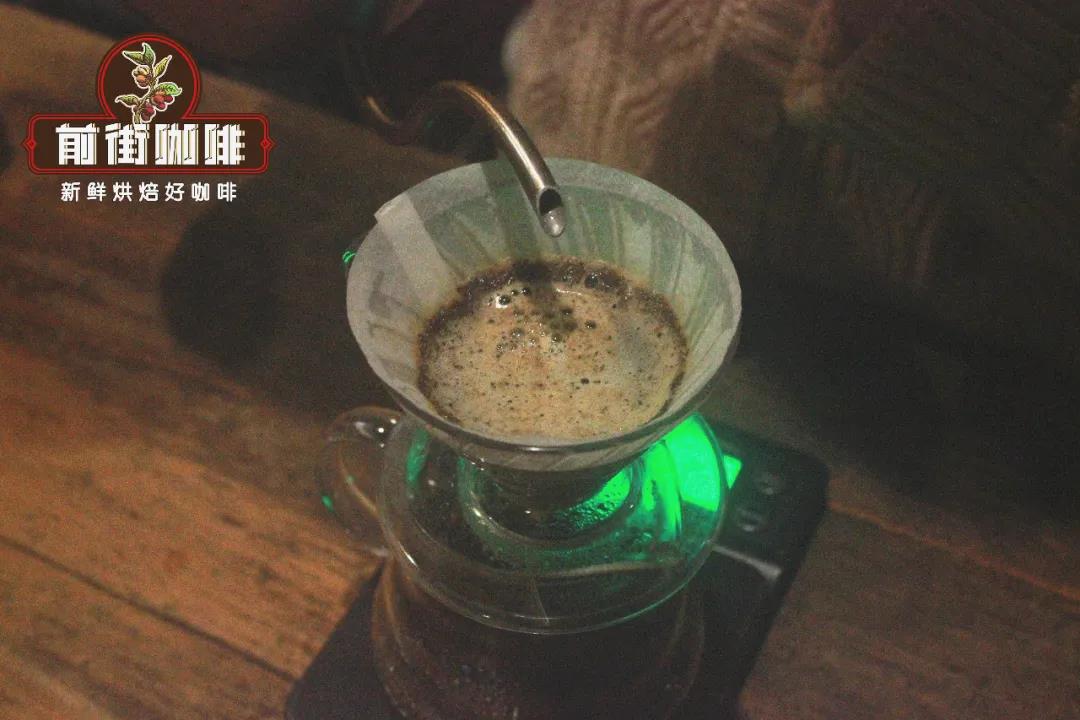
Flavor description
There are delicious, citrus sweetness, bright acidity, berries, apples, citrus, honey sweetness in the middle, high sweetness and balance, almonds and chocolate finish.
Rwanda washing bourbon
Production area: Western Nyamasheke area
Altitude: 1700-2000m
Variety: bourbon
Treatment method: washing treatment method
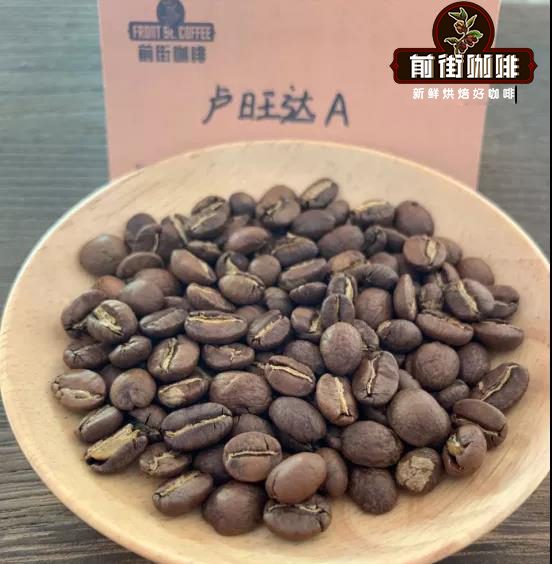
Baking suggestion
In order to highlight the flavor, Qianjie Coffee is recommended for medium and light roasting because of the fresh acidity of Rwandan coffee beans. The deeper the baking, the more acidity of the fruit will be lost.
Machine: Yang family 800N, raw bean 550g
Soy bean temperature
175 ℃
Turning yellow point
5 million 39 investors 55 ", 152.1 ℃
One burst point
9 years, 39 ℃ 20 ", 183
Post-explosion development
2: 00 ", 194.4 ℃ out.
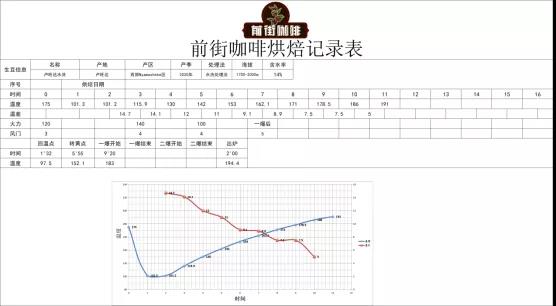
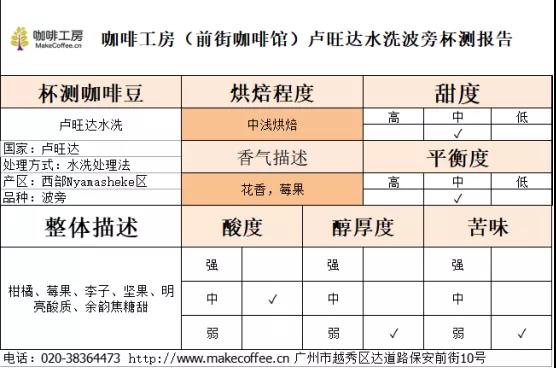
When the Qianjie coffee cup tested this Rwanda washed coffee bean, the dry aroma showed obvious floral and berry aromas, while the wet aroma had honey sweet and nutty aromas, and the overall flavor showed bright acidity, citrus, berries, nuts and caramel finish.
Cooking suggestion
Filter cup
V60
Water temperature
90 ℃
Powder quantity
15 grams
Powder-water ratio
1:15
Grinding degree
BG#5G (the pass rate of Chinese standard No. 20 screen is 80%)
Qianjie coffee uses staged extraction, steaming with 30 grams of water for 30 seconds, small water injection around the circle to 125 grams for segments, water level drop to 225 grams when the powder bed is about to be exposed, remove the filter cup when the water level drop is about to expose the powder bed, (steaming starts timing) the extraction time is 2 minutes 39 percent 00 ".
Flavor description
Floral and berry aromas, with distinct citrus, berry and plum aromas on the palate, with nuts in the middle and a sweet caramel finish.
Qianjie Coffee Na Amba, Rwanda
Production area: Western Rusizi area
Water washing plant: Naamba water washing plant Nyakarenzo
Altitude: 1695m
Variety: bourbon
Treatment method: washing treatment method
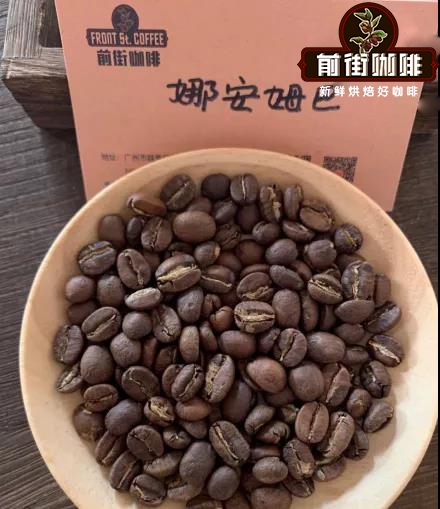
Naamba washing plant
The Namba water washing plant Nyakarenzo is located in Rusizi in western Rwanda, bordering the Democratic Republic of the Congo and Burundi. The washing plant is made up of more than a thousand small farmers, 3/4 of whom are women.
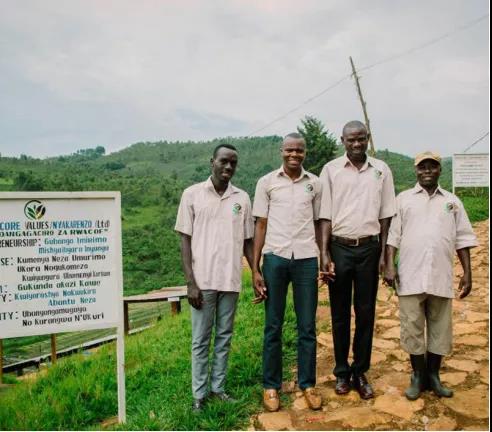
Baking suggestion
In order to highlight the flavor, Qianjie Coffee is recommended for medium and light roasting because of the fresh acidity of Rwandan coffee beans. The deeper the baking, the more acidity of the fruit will be lost.
Machine: Yang family 800N, raw bean 550g
Soy bean temperature
175 ℃
Turning yellow point
6 million dollars 39 percent 00, 153.1 ℃
One burst point
9 / 9 / 39 / 38 / 184.1 ℃
Post-explosion development
2: 10 ", 194.5 ℃ out
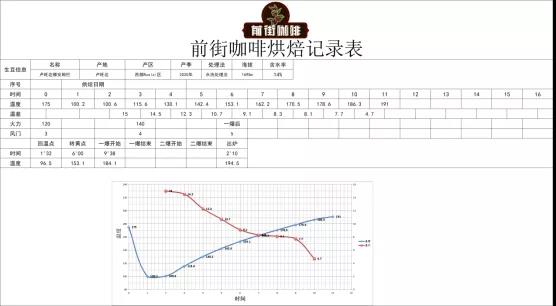
When the Qianjie coffee cup tested this Rwandan Namba coffee bean, there were obvious citrus and walnut aromas in the dry aroma, honey sweetness in the wet fragrance, bright acidity in the overall flavor, citrus, raspberry, honey sweetness and walnut in the aftertaste.
Cooking suggestion
Filter cup
V60
Water temperature
90 ℃
Powder quantity
15 grams
Powder-water ratio
1:15
Grinding degree
BG#5G (the pass rate of Chinese standard No. 20 screen is 80%)
Qianjie coffee uses staged extraction, steaming with 30 grams of water for 30 seconds, small water injection around the circle to 125 grams for segments, water level drop to 225 grams when the powder bed is about to be exposed, remove the filter cup when the water level drop is about to expose the powder bed, (steaming starts timing) the extraction time is 2 minutes 39 percent 00 ".
Flavor description
Citrus aromas and light floral aromas, with obvious citrus and raspberries in the mouth, bright acidity, rich fruit juices, sweet honey in the middle and walnut aromas in the finish.
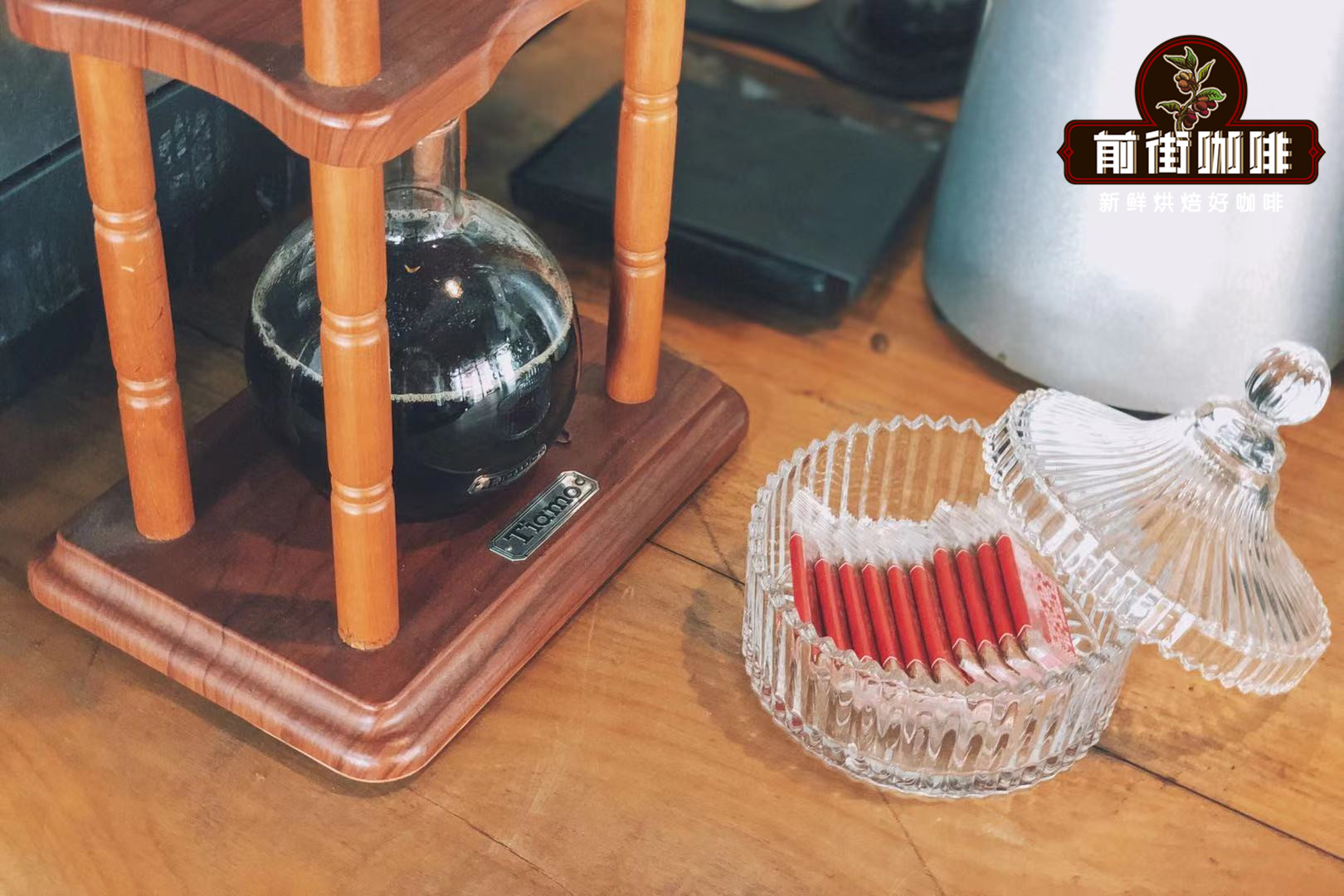
For more boutique coffee beans, please add private Qianjie coffee on Wechat. WeChat account: kaixinguoguo0925
Important Notice :
前街咖啡 FrontStreet Coffee has moved to new addredd:
FrontStreet Coffee Address: 315,Donghua East Road,GuangZhou
Tel:020 38364473
- Prev
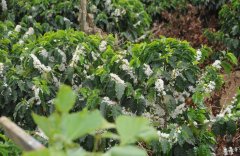
Standard Tanzanian Coffee Series quality introduces the most suitable roasting degree of Tanzanian coffee
For the exchange of professional baristas, please pay attention to the standard products of the coffee workshop (Wechat official account cafe_style) series of Tanzania. Coffee grows at the foot of Mount Kilimanjaro, the highest peak in Africa, and is rich in organic matter. The coffee trees planted here even have a history of more than 100 years. Coffee farmers all use traditional manual harvesting, and the quality is stable and flavor tends to retain the coffee sets in neighboring Kenya.
- Next
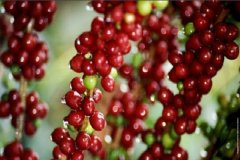
Comparison and story introduction of flavor characteristics of Rwandan coffee and Tanzanian coffee beans
For the exchange of professional baristas, please pay attention to the coffee workshop (Wechat official account cafe_style) from Rwanda Rwanda in Central Africa, Uganda to the north, Tanzania to the east, Burundi to the south and Congo to the west, which is a standard landlocked country. All neighboring countries are big coffee producers.
Related
- Detailed explanation of Jadeite planting Land in Panamanian Jadeite Manor introduction to the grading system of Jadeite competitive bidding, Red bid, Green bid and Rose Summer
- Story of Coffee planting in Brenka region of Costa Rica Stonehenge Manor anaerobic heavy honey treatment of flavor mouth
- What's on the barrel of Blue Mountain Coffee beans?
- Can American coffee also pull flowers? How to use hot American style to pull out a good-looking pattern?
- Can you make a cold extract with coffee beans? What is the right proportion for cold-extracted coffee formula?
- Indonesian PWN Gold Mandrine Coffee Origin Features Flavor How to Chong? Mandolin coffee is American.
- A brief introduction to the flavor characteristics of Brazilian yellow bourbon coffee beans
- What is the effect of different water quality on the flavor of cold-extracted coffee? What kind of water is best for brewing coffee?
- Why do you think of Rose Summer whenever you mention Panamanian coffee?
- Introduction to the characteristics of authentic blue mountain coffee bean producing areas? What is the CIB Coffee Authority in Jamaica?

